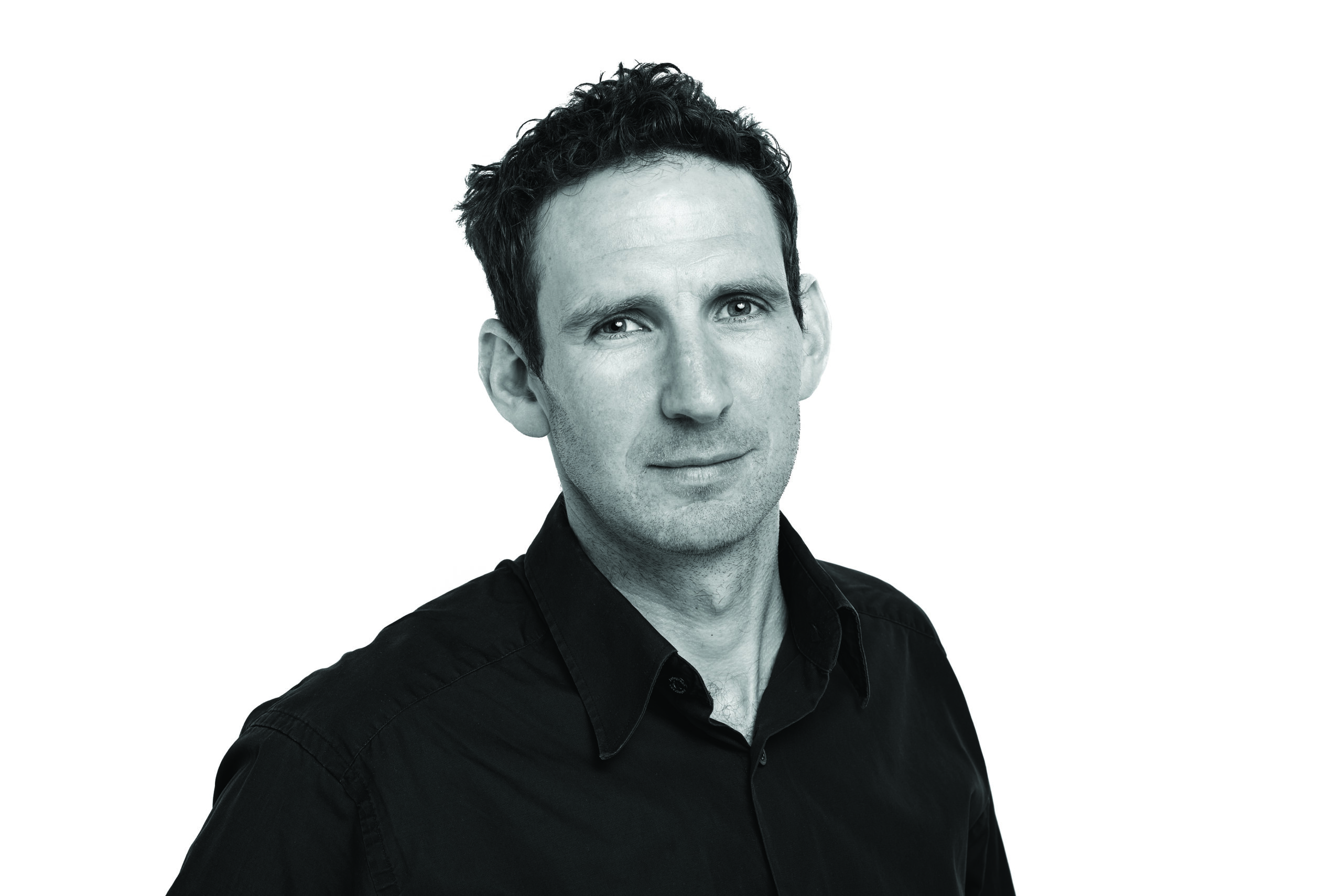Serena Williams was eight weeks pregnant when she won the Australian Open in January, and if she makes the decision to return to pro tennis after giving birth, the sport will do all it can to embrace her. Not merely because of the 35-year-old’s commercial appeal, but because of a protected ranking criteria that takes into account her playing status before maternity leave.
Williams can take advantage of the dispensation as long as she plays a tournament within 12 months of giving birth.
Contrast this with the challenge faced by British pro triathlete and new mother Rachel Joyce, who has had to race three Ironmans in three months in a scramble for qualification points for the world championship in Hawaii.
- Kona: pro Caroline Livesey on qualifying & inequality
- How to qualify for Ironman World Championships as a professional triathlete
Joyce may not be a 23-time Grand Slam singles champion, but she’s also no ordinary athlete. Now 39, she’s arguably the best female triathlete never to have won on the Big Island.
From 2009 to 2015, Joyce finished sixth, fifth, fourth, 11th, second, third and second. Based in Boulder, Joyce gave birth to Archie in September and in a blog post three months later stated: “I feel like it [becoming a mother] has given me a new lease of energy. Getting back to race shape will be a huge challenge but a challenge that excites me.”
But unlike Williams there was no protected ranking to fall back on. Ironman makes no concession in its KPR (Kona Points Ranking) for triathletes that have been out through pregnancy or long-term injury, and having missed Hawaii last year, Joyce was starting from scratch.
By June she was in shape to win Ironman Boulder and followed that up with a fourth place in Ironman Canada, but it still left her outside the automatic qualifying spots and meant a trip back to Canada to race in Mont-Tremblant on the final day of the cut-off to try and secure a place. Again victorious, she will have raced four Ironman races in five months when it comes to Hawaii. Too many to be healthy?
“A lot of women I was competing with for those final few spots also raced at least three Ironmans,” she says. “Some athletes are resilient, but I imagine the majority will suffer an injury or long-term fatigue.”
There should be a better way, and perhaps a new ranking system launched by the Professional Triathletes Organisation (that underpins selection for the inaugural Collins Cup next July) has an answer. “It gives credit to an athlete’s history in the sport provided they show form once they return to racing,” Joyce says.
“I’m not afraid to roll my sleeves up and work hard but I’ve struggled that my history in the sport prior to having Archie means nothing,” adds Joyce. “I’ve been on the podium in my three years preceding getting pregnant and shown form in winning in Boulder and beating a woman who was on the podium last year in Kona. Yet still I had to race three Ironmans in 10 weeks to qualify.” Ironman was asked for comment.
